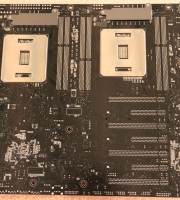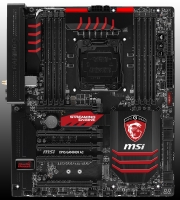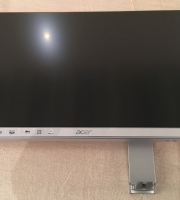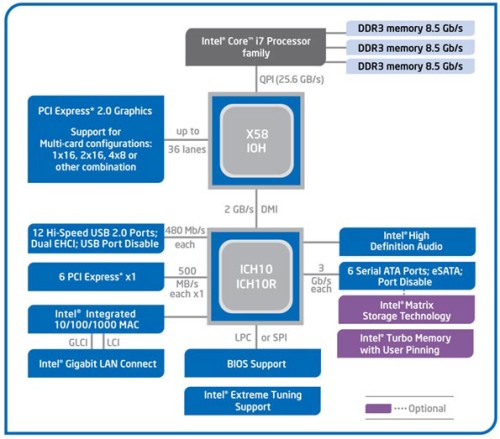


During Summer 2014’s hedonistic highs. The vastly increased muscle mass, versatility and popularity of mobile computing devices led many authoritative and commanding sources to declare the desktop computer would soon occupy nothing more than a chapter in Grove’s dictionary of Silicone.
Smartphones provided the ability shoot and edit High Definition video. Tablet devices afforded their users both a rich gaming experience and remarkable desktop publishing potential while the trusty old Laptop, if assembled with the finest components, arguably offered graphical, data processing and transfer tempi comparable to that of cutting edge Towers of Power barely six months old.
Despite such prophetic proclamations and debatebly evident realities, the wheels on Intel’s wagon of thick cut “Desktop Dripping Chips” continued to rotate at a healthy velocity. Over the preceding half decade, we witnessed the release of an almost befuddling number of motherboard chipsets targeting any and all owners of a desk and more than a single square centimetre of real estate left to occupy.
A brief excursion into the archives of this site will reveal how this coincided with Intel’s assertive “socket designation policy” for every resulting customer. Moreover, as each chipset emerged, our venerable third party motherboard maestros repeatedly went into furious overdrive, introducing a maelstrom of supposedly “exciting” and ” practical” features in abundant excess of Intel’s call of duty.
Despite such tangible efforts to refine, there remained significant confusion, not only over which CPUs one could expect to be compatible with motherboards they had purchased but also which other key enhancements they had acquired that would further future proof their systems
The reason behind the influx of flummoxed forumers that the already established chip giant and rapidly evolving board behemoths (Asus being the largest), rarely met up for a pleasant spell of Sunday scheming, and when they did, seldom were any plans thoroughly perused and compared. Each was far more concerned over his own future status and perhaps about how it could cease to depend on another’s strategy. If none could grasp absolute power, they could at least have fun pretending.
In order to better understand when and why the waters were muddied, let us glance at a brief timeline documenting several of Intel’s designs, of how they were interpreted by their original composer, and some lavish paraphrases by his most prominent contemporary, Asus.
In order to preserve a little clarity, we shall only focus on chipsets aimed at the high end mainstream and enthusiast markets.

A chipset for the enthusiast and the first from intel to officially support SLI following Nvidia’s withdrawal from the motherboard market.
The new socket design 1366 was initially compatible with three new core i7 45nm chips, the i7 920, i7 940 and i7 965 “extreme edition”. All were quad core with hyper threading and based on Intel’s “Nehalem” architecture.
Other notable features included:
Now let’s take a look at the first boards Intel and Asus assembled to house these silicone saplings.